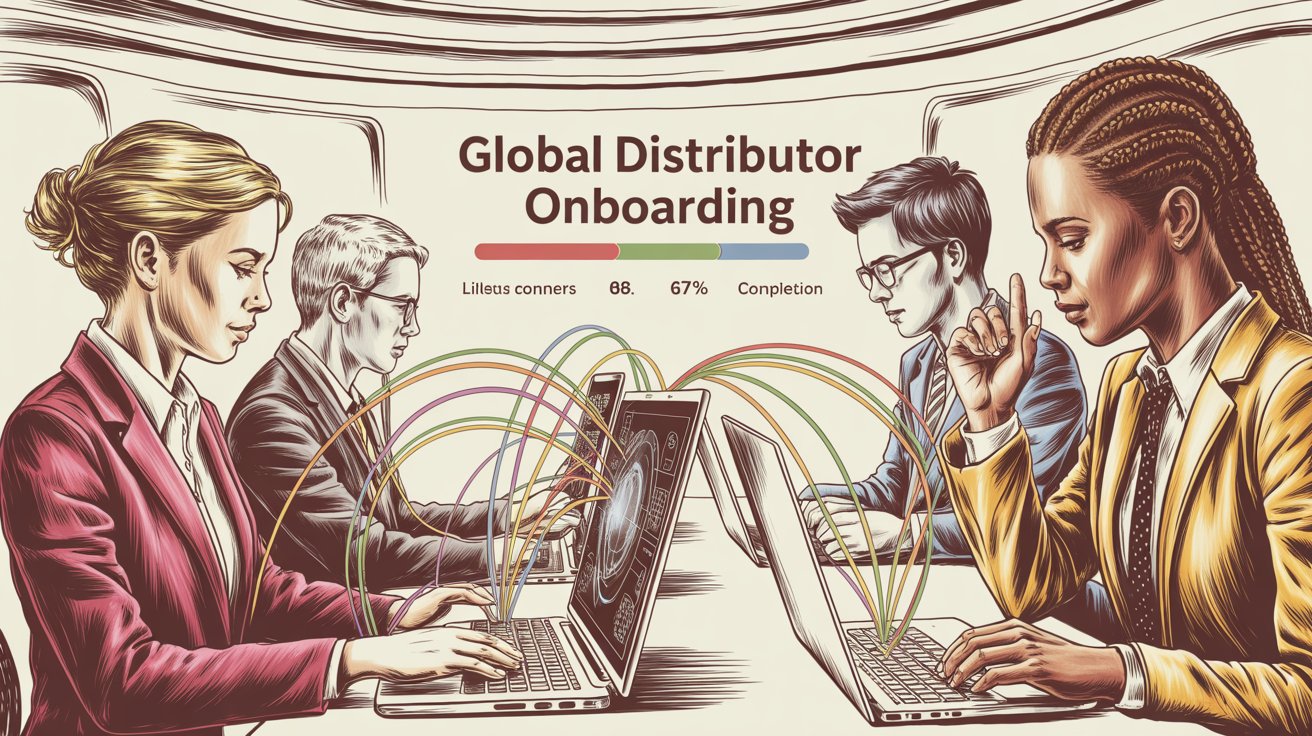

AI-Driven Onboarding in MLM is transforming how network marketing companies train, engage, and retain new distributors. By using artificial intelligence to automate verification, personalize learning paths, and track progress in real time, MLM organizations can dramatically reduce onboarding time and improve distributor success rates. Instead of manual paperwork and one-size-fits-all training, AI tools deliver tailored experiences that adapt to each distributor’s skill level, learning style, and performance data—helping them achieve their first sales faster, stay motivated, and contribute more effectively to the network’s growth.
The faster newcomers engage, learn, and start selling, the better your overall retention, productivity, and growth. Yet many programs fall short: inconsistent training, unclear expectations, slow ramp-up, and early drop-outs plague distributor networks. Enter AI-driven onboarding—a powerful lever to close those gaps and accelerate success. Below, we explore how artificial intelligence (AI) is transforming distributor onboarding, backed by data, benchmarks, real-world examples, and emerging trends.
Onboarding new distributors shares many parallels with employee onboarding: the moment of truth—the first days and weeks—determine whether someone stays, engages, sells and grows. Some key metrics:
According to one study, almost 30% of new hires leave within the first 90 days, and 40% of those experiencing poor onboarding will depart within a year.
Organizations with standardized onboarding see 50% higher new-hire productivity.
With typical employee onboarding, 81% of new hires said they’d been overwhelmed by the amount of information.
For distribution networks, one recent vendor-onboarding report emphasises that slow, manual processes cost time and engagement.
In a distributor context, that means: a recruit signs up, but then lacks clear direction, training, community, product knowledge—so they stall, don’t make sales, become inactive. The result: high churn, wasted recruitment investment, weakened morale among existing distributors.
For example, with typical employee onboarding, 81% of new hires said they’d been overwhelmed by the amount of information. While that statistic is from “employees” rather than distributors, the principle is analogous: novices in a distribution network face information overload, unclear next-steps and disengagement.
Bottom line for distributors: If you can’t get a new distributor up and running fast, you’ll lose them—or they’ll limp along inactive and drain your system. Improving onboarding isn’t optional—it’s a strategic imperative.
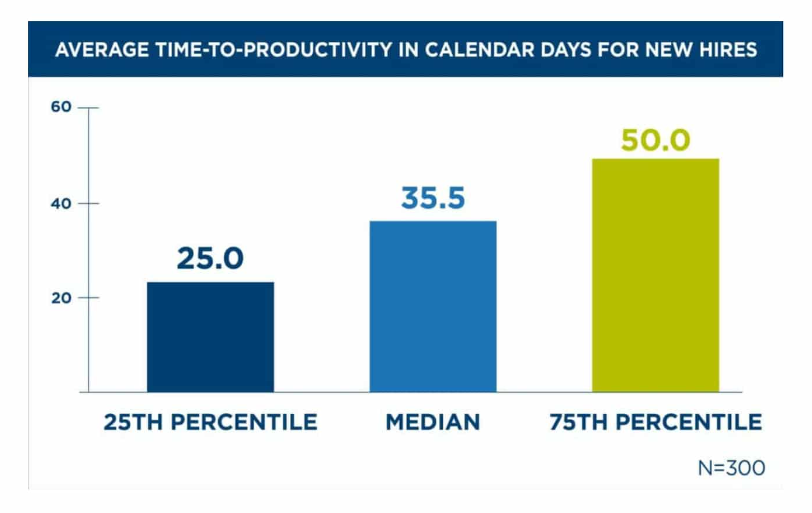
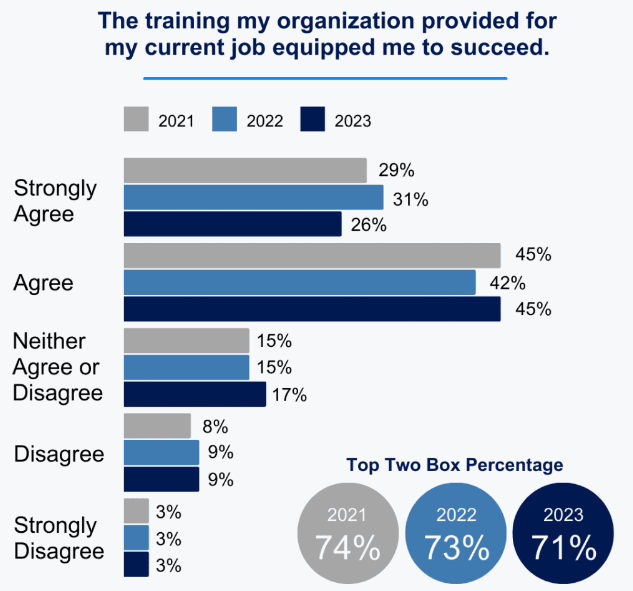
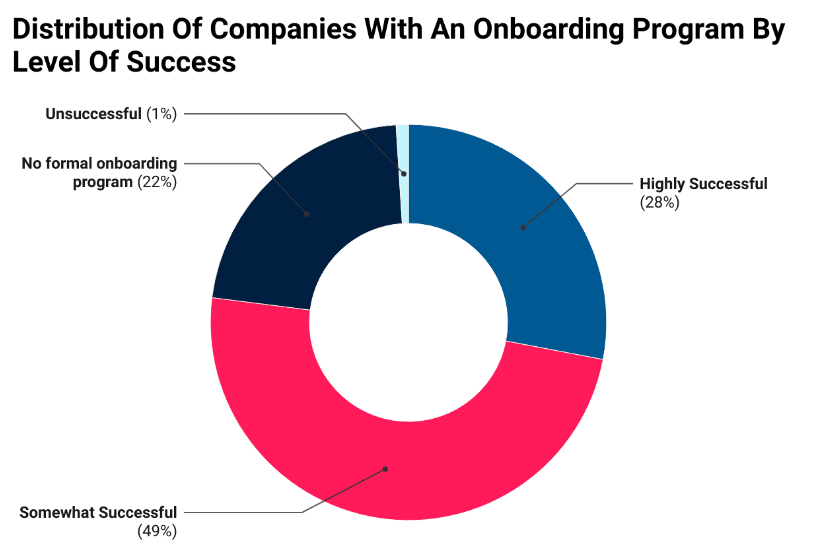
AI isn’t a magic bullet that alone solves everything—but when applied thoughtfully, it addresses many of the bottlenecks above. Let’s unpack what “AI-driven onboarding” looks like in distributor or partner networks, and why it matters.
For example, AI can read uploaded forms, extract data, verify credentials/licences, flag missing information or risks. In supplier-onboarding contexts: “AI verifies credentials, assesses risk, automates document processing.”
For distributor networks, similar logic applies: you can automate new-registrant identity checks, training completion tracking, status workflows.
Rather than “one size fits all” onboarding, AI platforms can assess what a newcomer already knows (maybe they have sales experience, or maybe they are new entirely), then deliver modules tailored to their level, pace, and preferred format (video vs interactive vs micro-learning). One article says: “AI-powered MLM software can deliver personalized training modules based on the distributor’s experience level and learning styles.”
This means less wasted time, more relevant content, and higher engagement.
AI can monitor onboarding trajectories: is a new distributor falling behind schedule, not completing modules, not making first contact? The system can flag risk and trigger real-time alerts: “X hasn’t done module 2 in 10 days—send coach follow-up”.
According to one source: “Organizations implementing AI-driven onboarding report 51% faster time-to-productivity.”
That kind of acceleration is crucial for distributor networks where speed to first sale correlates with retention.
Particularly for networks with high volume of recruits, manual onboarding becomes a bottleneck. AI enables scalable self-serve portals with chatbots, interactive guides, automated scheduling, and consistent experience regardless of region/time zone.
One vendor marketing calls out: “Our advanced distributor onboarding solution enables you to automate onboarding journeys for distributors from end‐to‐end.”
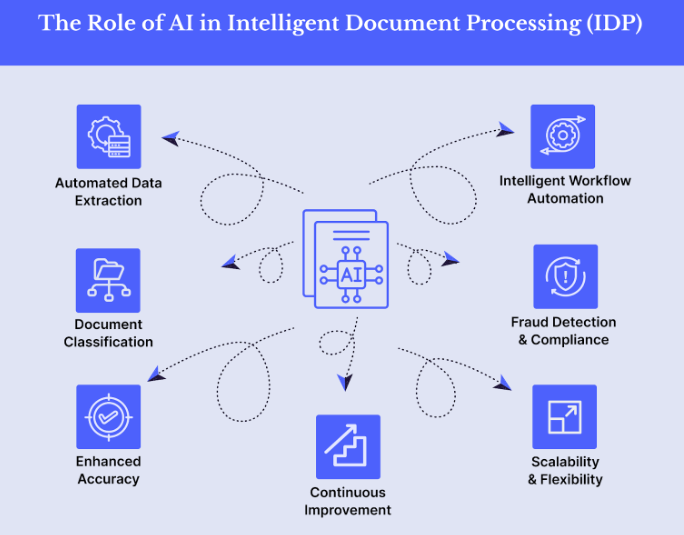
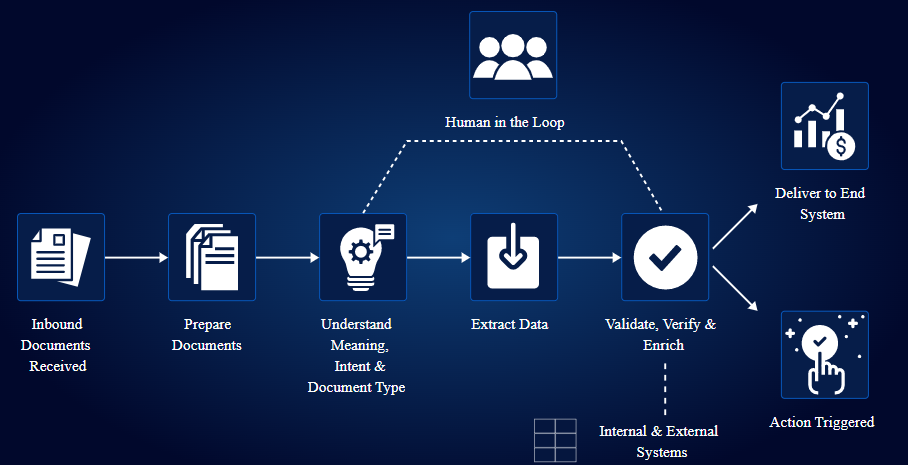
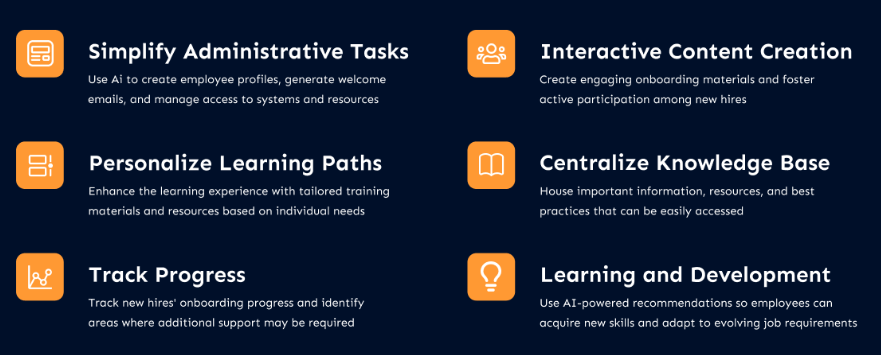
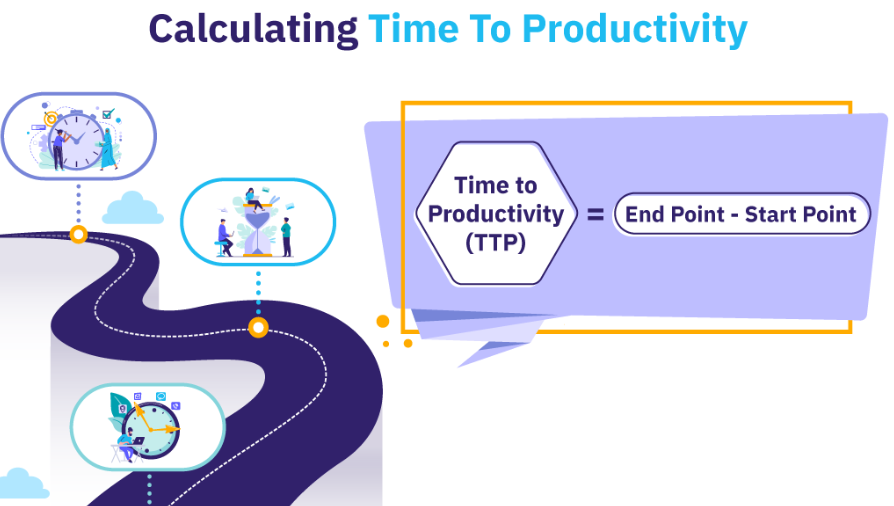
To ground this in concrete numbers (not just theory), here are some recent metrics and market insights:
The global AI onboarding platform market is expected to grow at a CAGR of 18.4% from 2024 to 2030.
Organizations using AI for onboarding claim ~51% faster time-to-productivity.
On general onboarding (employees) statistics: new employees with structured onboarding are 58% more likely to stay after three years.
In distribution/product-data onboarding (which is closely related to distributor networks), AI is cited as enabling faster “catalog onboarding” and reducing manual classification. One 2025 article: “In 2025 … AI in the distribution industry … has become the key to automating manual classification, speeding up onboarding …”
A report indicates only 12% of workers believe their company excellently onboarded them.
If your onboarding takes too long, is disjointed or not personalised, you’re potentially losing half of recruits simply because they don’t ramp quickly or feel supported. If AI can cut time-to-first-sale by half, and improve engagement, you’ll gain outsized benefit. The market is clearly investing in this direction (CAGR 18%+), signalling that early adopters will hold advantage.
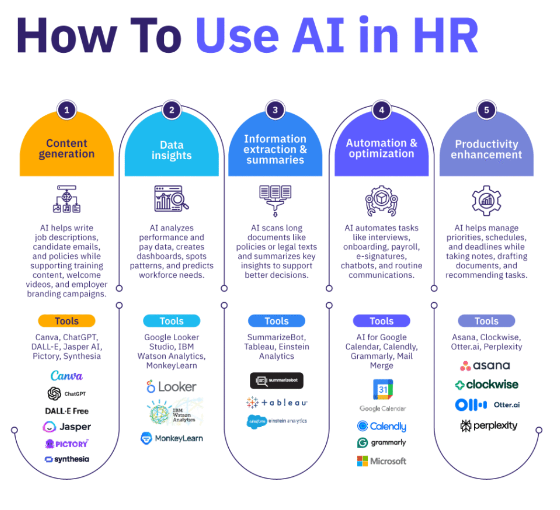
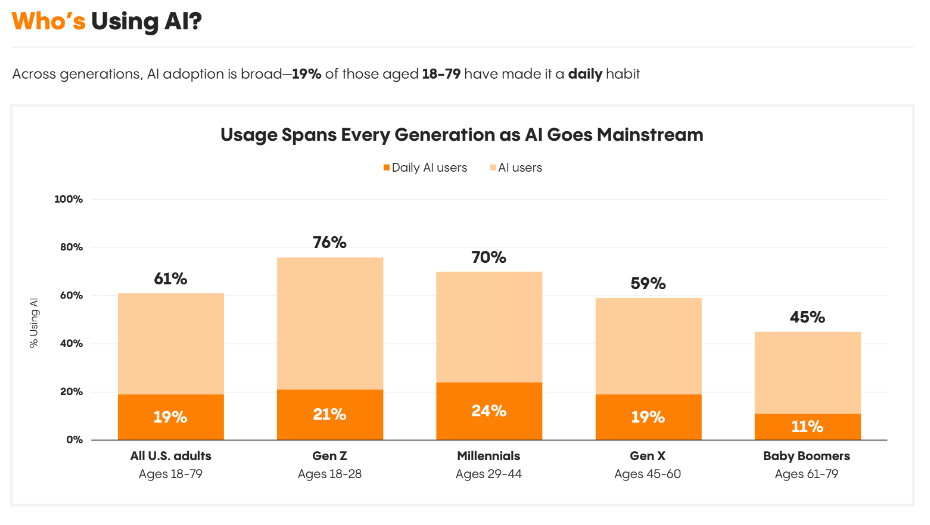
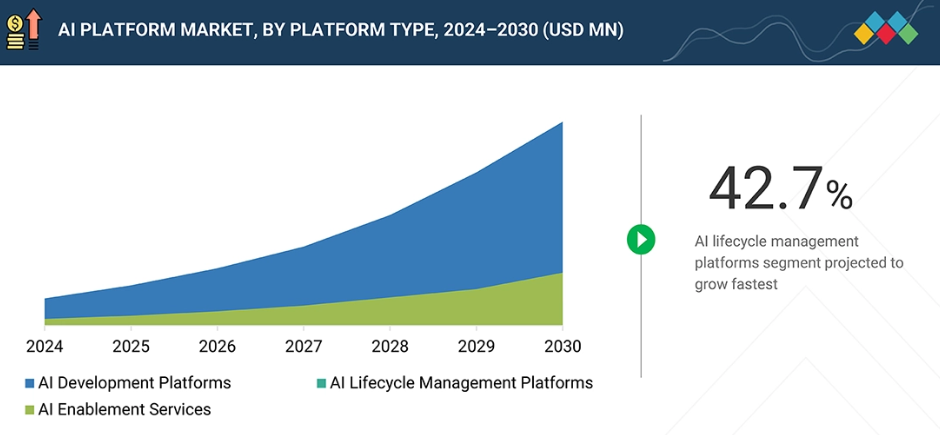
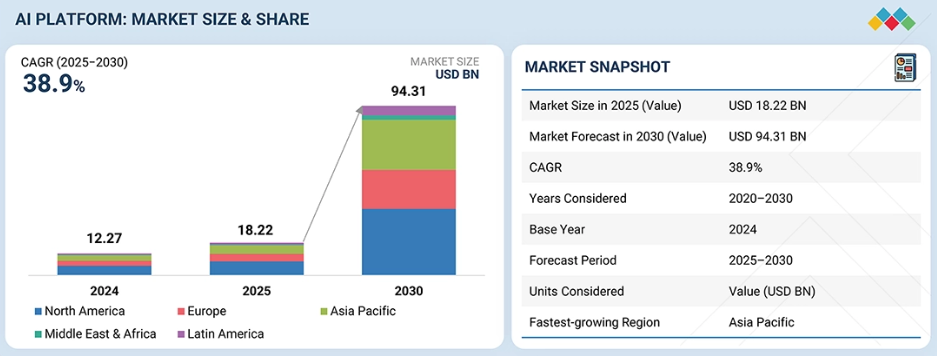
How can you apply AI-driven onboarding to your distributor network? Below is a framework and best-practice checklist. Imagine you recruit new distributors regularly and want to give them a fast-start program.
| Phase | Key Objective | AI-Enabled Support |
|---|---|---|
| Pre-boarding | Welcome & activation: paperwork, verification, expectations set | AI chat-bot guides through registration, uploads documents, verifies credentials instantly |
| Foundation training | Distributor understands product, brand, offering, and role | Adaptive modules deliver content based on the individual’s background; micro-learning via AI module selector |
| First milestones | Make first contact, set first meeting, log first sale or activity | Dashboard tracks milestones, AI flags delays, sends nudges/coach invites |
| Growth & integration | Integrate into community, pair with mentor, deepen skills | AI-driven matching of mentor–mentee, personalised follow-ups, training suggestions based on performance |
| Retention & development | Build long-term engagement, scalability of activity | Analytics track engagement, churn risk algorithms trigger re-engagement campaigns |
Time from signup to first contact/activity
Time from signup to first sale
Percentage of new distributors who complete onboarding within X days
Drop-off rate during onboarding
Engagement score (training module completion + login frequency)
Retention rate at 3 months / 6 months
Productivity: sales per distributor in first 90 days
These metrics give you a clear view of onboarding effectiveness—and with AI you gain continuous data to refine.
AI-driven onboarding is evolving rapidly. Here are several key trends shaping the field:
Chatbots and voice assistants will guide new distributors in real-time, answer FAQs (“how do I place an order?”), schedule tasks, and reduce friction.
Some networks are exploring immersive training modules (e.g., product demonstration in virtual space) for faster comprehension and deeper engagement.
Large language models will generate customised onboarding content, training scripts, role-play scenarios, tailored based on individual data.
AI models will identify new distributors at highest risk of dropping off—because they’re slow to act, or show low engagement—and trigger personalised interventions.
Onboarding isn’t a one-week event—it’s an ongoing process. AI will deliver micro-modules over weeks/months, adapt to performance, learning style, and progress.
As onboarding becomes more data-driven, issues of privacy, fairness, and transparency become important. (See research on ethical AI implementation.)
Seamless ecosystems—where onboarding data links with sales system, commission system, product data—will create smoother journeys for distributors. For instance, one platform for suppliers/distributors uses AI to manage product data and engage distributors.
As networks expand internationally, AI tools that adapt content to region/language/culture will win. The overall AI onboarding market is accelerating: expecting strong growth globally;
Given the data and trends, here are compelling reasons for your organisation (or network marketing business) to prioritise AI-driven onboarding:
Before you rush in, be aware of challenges:
👉 Try the official MLM Software Demo for Your MLM Business
and experience what MLM Software looks like when it’s powered by the best.
💌 Or, check out our blog to compare top direct‑selling companies, get insider reviews, and learn how to grow your income ethically in the wellness niche.
In summary: Onboarding new distributors is a keystone for growth and retention. AI-driven onboarding transforms that experience by automating admin, personalising learning, accelerating time-to-first-sale, and providing data-driven insights. With metrics showing major improvements (50%+ faster productivity, 18%+ CAGR of platforms), and the distribution industry already leveraging AI in product and partner data flows, the time to act is now.
Crafting a modern, high-performance onboarding system powered by AI isn’t just a tech upgrade—it’s a strategic growth lever for your distributor network. By closing onboarding gaps you’ll engage new recruits faster, reduce attrition, increase productivity and build a stronger foundation for long-term scaling.
AI-driven distributor onboarding uses artificial intelligence to automate training, verify credentials, personalize learning, and accelerate new distributors’ success in network marketing.
AI streamlines verification, automates repetitive steps, personalizes training content, and monitors distributor progress to enhance engagement and retention.
Benefits include faster time-to-first-sale, lower dropout rates, scalable training, improved analytics, and higher overall productivity across the distributor network.
Track key KPIs such as time to first activity, onboarding completion rates, engagement scores, and sales within the first 90 days.
Yes. Modern AI platforms support multilingual content delivery and adaptive localization, ensuring consistent onboarding across global teams.